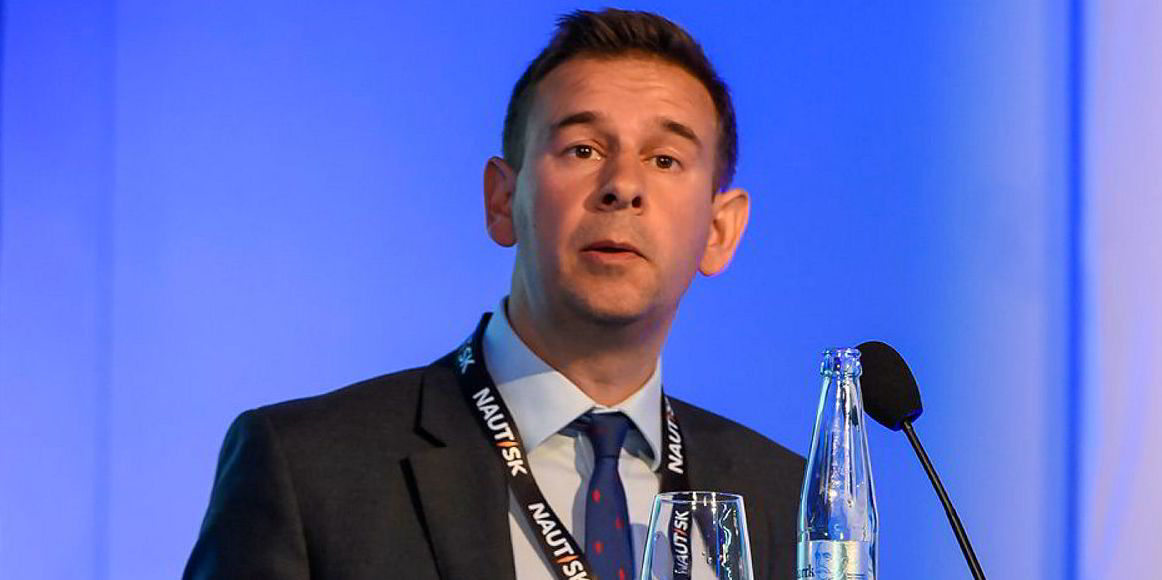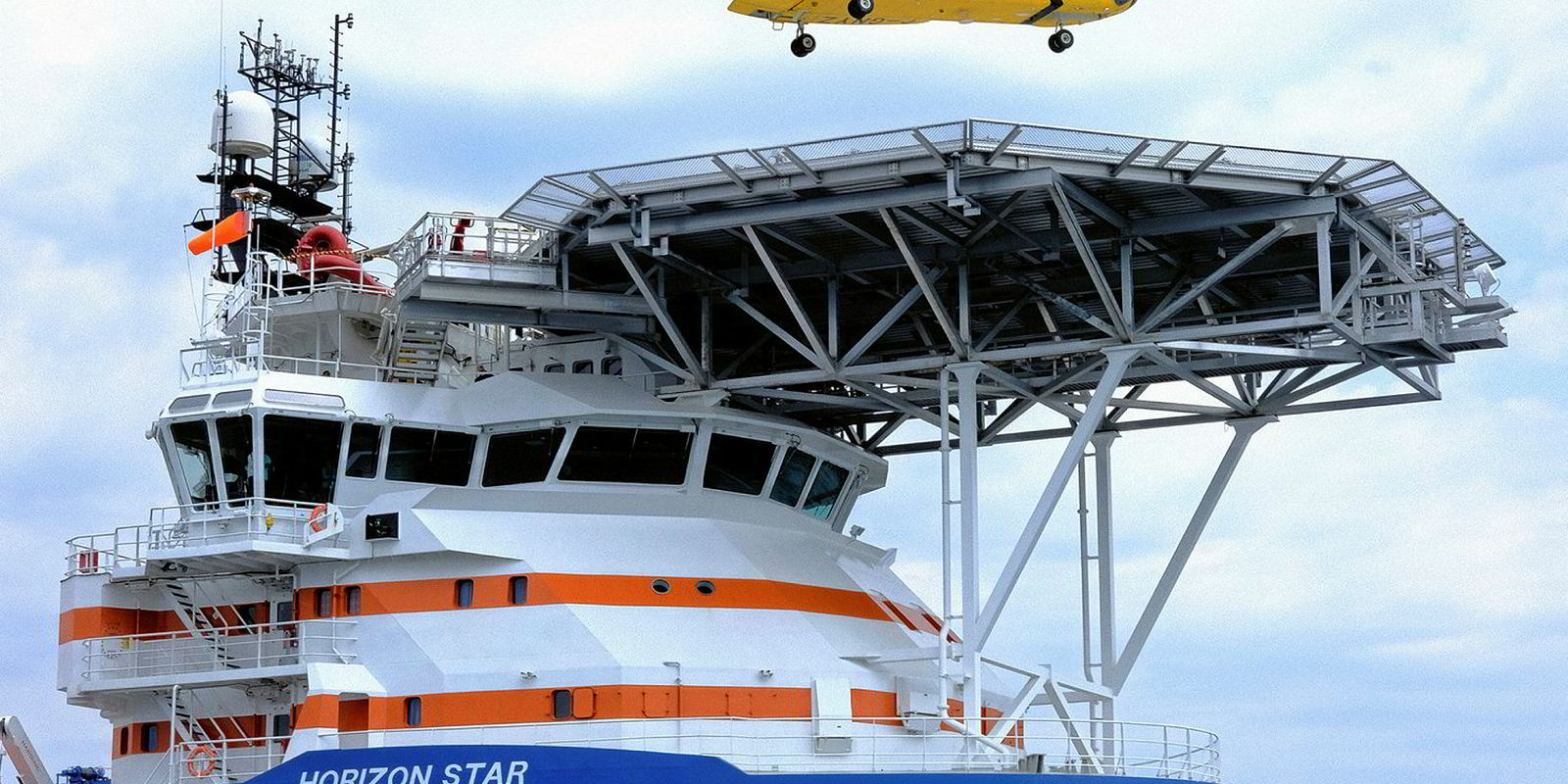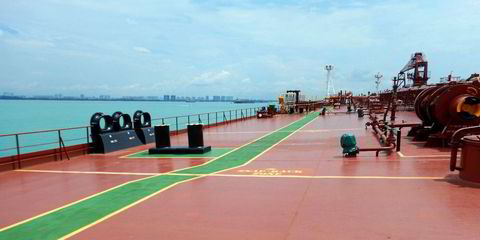Clarksons Research has noted a "noticeable upturn" in the OSV sale and purchase market as owners face another "tough winter."
In its Offshore Review & Outlook, the broker said the sector has shown improvements in 2018, albeit from a low base.
"There has been a noticeable upturn in S&P volumes, partially due to distressed sales and partially as asset players position themselves," the report said.
"While significant challenges remain, there will also be increased opportunities as activity picks up and the market moves into the next phase of the cycle."
Norwegian owners have been particularly active in shipping out older vessels.
Clarksons said global utilisation has averaged around 60%, and some improvements in demand and even dayrates have become apparent in area like the the North Sea.
However, the oversupply situation remains significant and it may be another tough winter, it added.
It continues to monitor reactivation, the laid-up fleet and the 'stranded' orderbook closely.
Has the nadir been reached?
Steve Gordon, managing director of Clarksons Research, said: “As we noted six months ago, there were signs that the offshore market cycle had more or less bottomed out.
"Trends in the intervening six months have tended to support this assessment."
The Clarksons Offshore Index, measuring rates for rigs, OSVs and a range of construction assets, has continued to make incremental but steady progress from the lows seen in the fourth quarter of 2017, rising to 48.6 at the end of July 2018, up by 6% year-on-year.
"That being said, significant challenges remain: vessel oversupply persists in many sectors; dayrates are still relatively depressed and oil price uncertainties remain,” Gordon added.
The subsea engineering, procurement and construction backlog appears to have stabilised, albeit at levels 50% below the 2014 peak, the company said.
"While we are projecting a further rise in subsea tree awards this year from the 189 in 2017, rates for subsea units have increased only slightly and more will have to be done for the sector to consistently strengthen," Clarksons said.
Just 43 newbuilding orders have been placed in 2018 to end July, a decrease of 10% year-on-year from 2017, which was already well down on pre-downturn levels.
Yards continue to look for orders in adjacent sectors such as renewables, it added.
Oil production to rise
The company projects global offshore oil production to rise by 2.7% in 2018 and 3.6% in 2019, to reach 27.2m barrels per day (bpd).
It is thought that global oil company E&P spending rose by about 4% in 2017, and while preliminary indications pointed to a further 8% rise in 2018, more recent reports suggest a number of shale-focused majors are planning additional increases in the second half of 2018, with spending in the US shale patch rising by perhaps 30%, Clarksons said.
At the start of August, working rig use stood at 70%, representing 475 active rigs, up 3% year-on-year.
Fixture volumes and S&P activity remain elevated compared to the lows of 2014 to 2016, Clarksons said.







